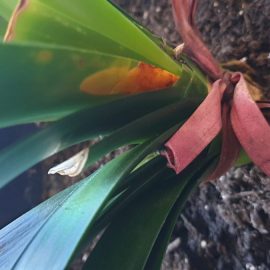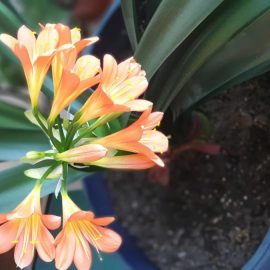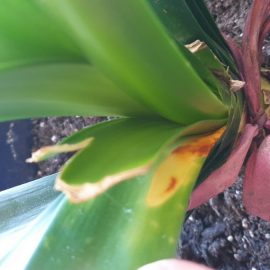Clivia, plant care and growing guide
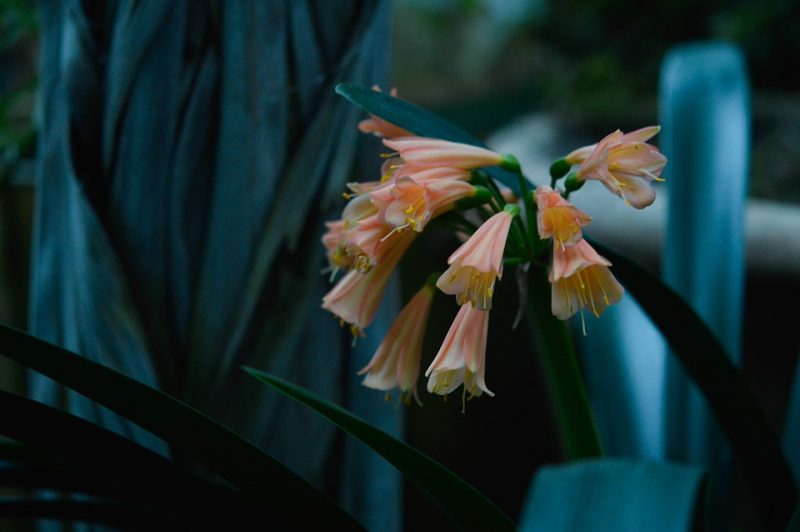
Clivia is a plant native to South Africa. It is often used as a houseplant, and it decorates the room with its leaves and flowers. The leaves are linear, dark-green, laid in form of a fan on the short and thickened stem. The flowers are clustered in an umbel-like inflorescence. They appear on the top of the 30-60 cm long floral stems, are colored in various shades of red-orange, and are similar to lily flowers.
Species and varieties
Clivia miniata – it is the one that is the most frequently used as a houseplant, and it has flowers in various shades of red-orange.
Clivia nobilis – it has flowers colored in red-orange with green edges.
Clivia gardenii – it has yellow-orange flowers with green edges.
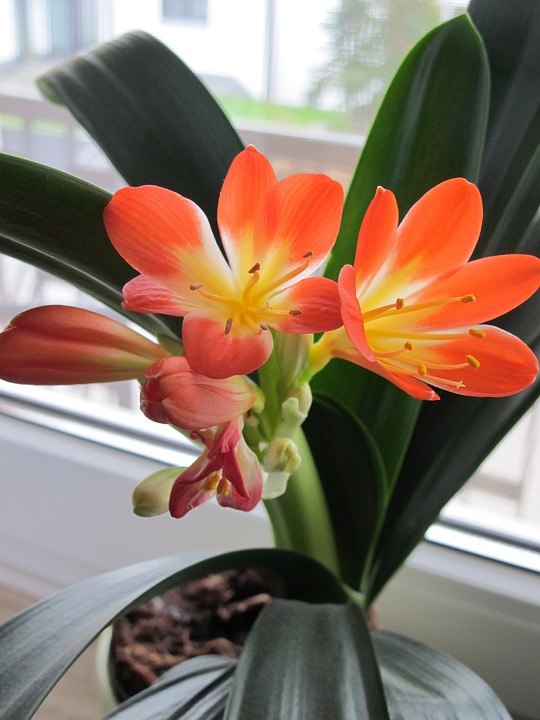
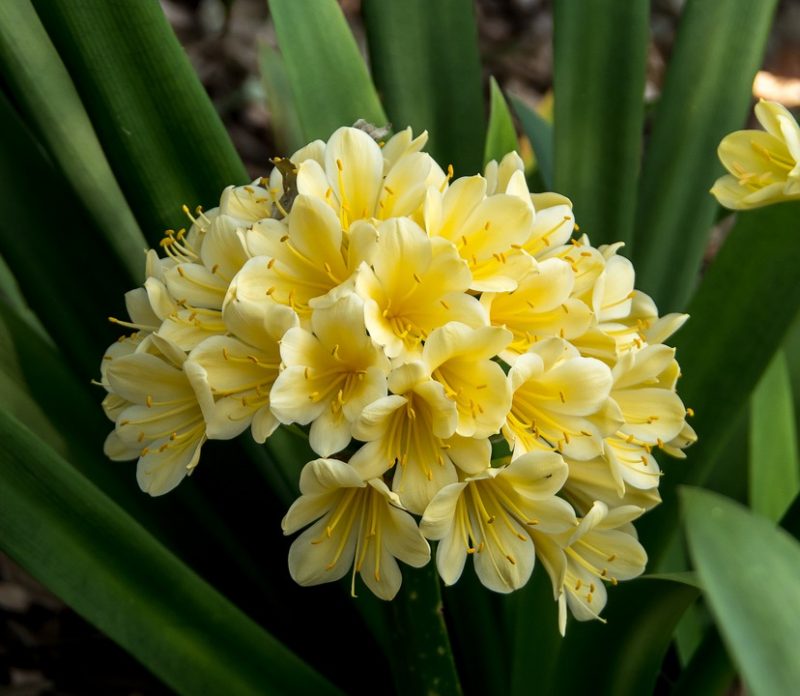
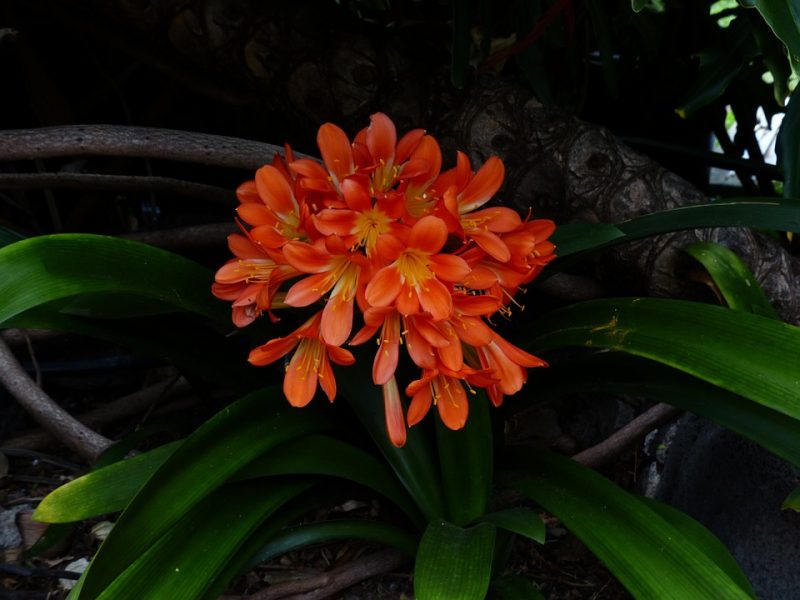
Light. It prefers to be placed in bright spaces, but it does not tolerate direct sunlight, which can burn its leaves. Instead, it grows quite well in the shade.
Temperature. For proper growth, Clivia needs temperatures between 18-21 ℃. Starting with November, and until the end of winter (during the dormancy period) it prefers to be placed in cooler places, with temperatures of 10-12 ℃.
Humidity. It needs moderate humidity, both atmospheric and in the substrate. Excessive water in the substrate can lead to root rot.
Substrate. It grows well in a fertile substrate, with a very good drainage capacity.
Recommended products
-
You can find products on a different store
Change Store -
You can find products on a different store
Change Store -
You can find products on a different store
Change Store -
You can find products on a different store
Change Store -
You can find products on a different store
Change Store -
You can find products on a different store
Change Store -
You can find products on a different store
Change Store -
You can find products on a different store
Change Store -
You can find products on a different store
Change Store -
You can find products on a different store
Change Store -
You can find products on a different store
Change Store -
You can find products on a different store
Change Store -
You can find products on a different store
Change Store -
You can find products on a different store
Change Store -
You can find products on a different store
Change Store -
You can find products on a different store
Change Store -
You can find products on a different store
Change Store -
You can find products on a different store
Change Store -
You can find products on a different store
Change Store -
You can find products on a different store
Change Store -
You can find products on a different store
Change Store -
You can find products on a different store
Change Store -
You can find products on a different store
Change Store -
You can find products on a different store
Change Store
Fertilization. During the vegetative growth period, specific fertilizers for decorative plants should be applied through the flowers.
Propagation. Clivia is propagated most easily through the division or removal of the seedlings at the base of the mother plant.
Recommended products
-
You can find products on a different store
Change Store -
You can find products on a different store
Change Store -
You can find products on a different store
Change Store -
You can find products on a different store
Change Store -
You can find products on a different store
Change Store -
You can find products on a different store
Change Store -
You can find products on a different store
Change Store -
You can find products on a different store
Change Store -
You can find products on a different store
Change Store -
You can find products on a different store
Change Store -
You can find products on a different store
Change Store -
You can find products on a different store
Change Store -
You can find products on a different store
Change Store -
You can find products on a different store
Change Store -
You can find products on a different store
Change Store -
You can find products on a different store
Change Store -
You can find products on a different store
Change Store -
You can find products on a different store
Change Store -
You can find products on a different store
Change Store -
You can find products on a different store
Change Store -
You can find products on a different store
Change Store -
You can find products on a different store
Change Store -
You can find products on a different store
Change Store -
You can find products on a different store
Change Store
Diseases and pests. It is a plant that is quite resistant to diseases and pests. However, it has sensitive to the attack of mealybugs. To control them, specific insecticide treatments should be performed.
In addition:
- the yellowing of the leaves can be caused by excessive watering.
- after the flowers wilt, it is recommended to remove the floral stems.
- it is recommended to wipe the leaves with a damp cloth.
- caution! all the organs of the plant are toxic.














































































































































































































































































































































































































































